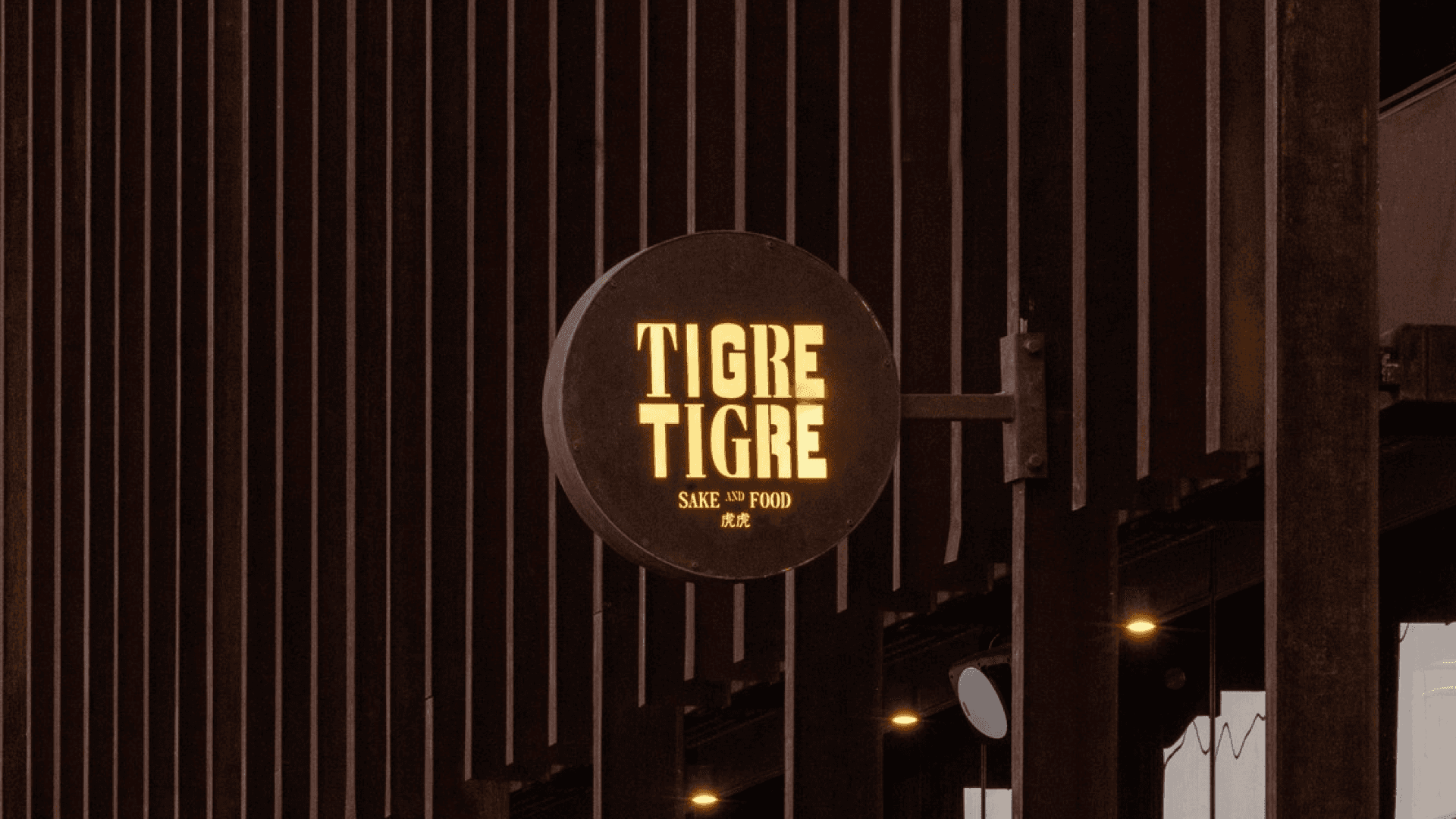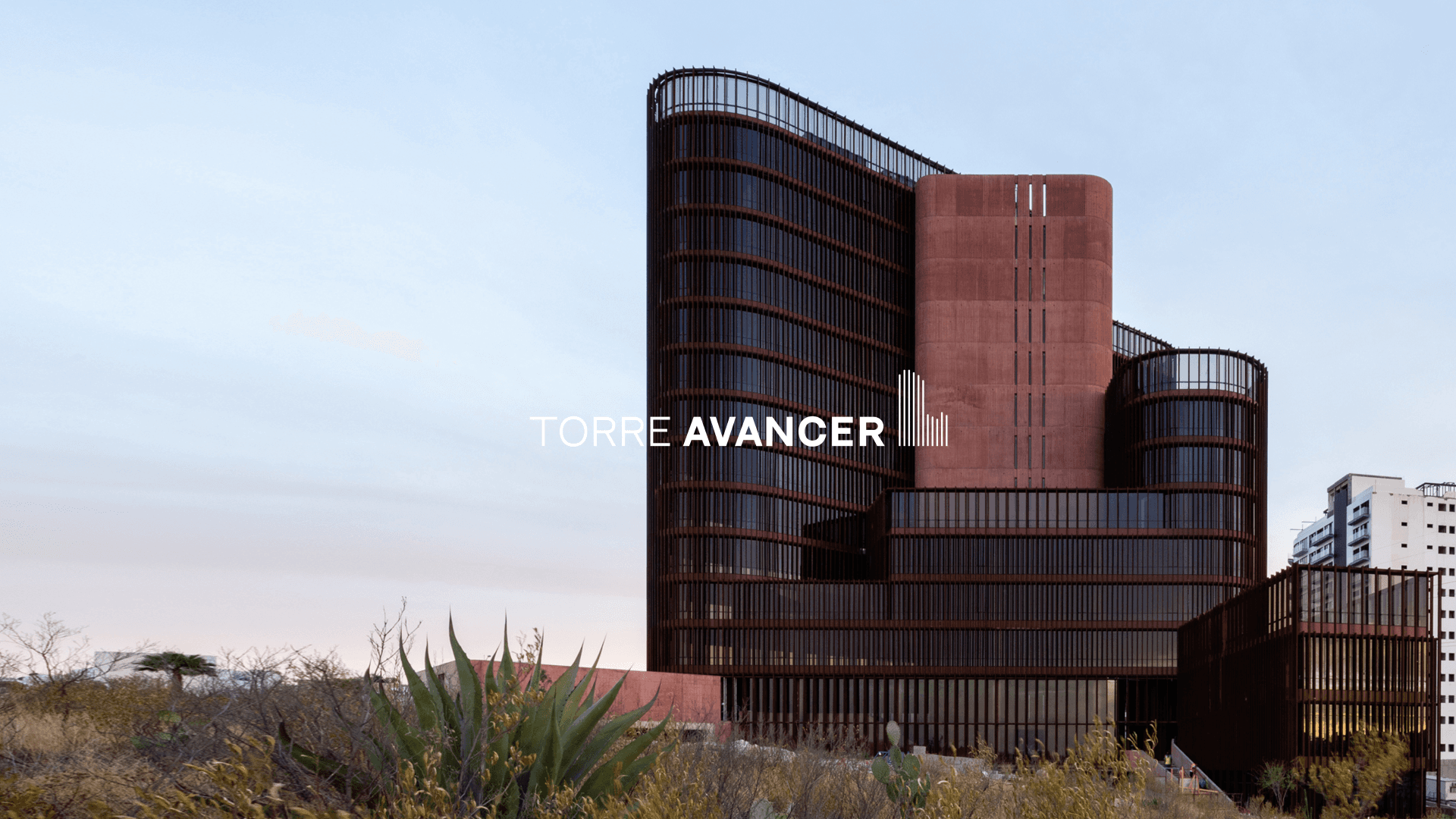How to Design Web Templates: A Step-by-Step Guide for Beginners
Staying current with design trends and content relevance is essential for engaging visitors.
Designing effective web templates requires a clear understanding of your audience's needs and preferences. The key to successful web template design lies in blending aesthetics with functionality, ensuring a seamless user experience while reflecting your brand's identity. As you embark on creating your web templates, focus on responsive layouts, intuitive navigation, and visually appealing elements that resonate with users.
At Atla*, we excel in crafting web designs that not only attract attention but also foster engagement. Our multidisciplinary team combines creativity and strategy to develop templates that connect with your target audience. By leveraging market insights and consumer lifestyles, we ensure that each design choice aligns with your branding objectives.
When you approach web template design with a strategic mindset, you create a powerful tool for your online presence. At Atla*, we believe that branding is an ongoing journey, and our services can help you build lasting connections through every digital touchpoint.
Understanding Web Templates
Web templates play a crucial role in simplifying website design by providing a foundation that combines style and functionality. They streamline the process, allowing you to focus on content and user experience while ensuring your site looks modern and professional.
The Role of Design in Web Templates
Design is at the heart of an effective web template. A well-designed template guides users intuitively, enhancing their overall experience. Key elements include:
Visual Hierarchy: This directs attention to important content, helping users navigate effortlessly.
Color Schemes: Choosing the right colors can evoke emotions and connect with your brand identity.
Typography: Selecting readable fonts ensures clarity of information.
Modern design trends emphasize minimalism and responsiveness. Incorporating these elements can create an engaging and visually appealing website. Atla* specializes in blending creativity and strategy in design, ensuring your template reflects your unique brand identity.
Selecting the Right Template for Your Business
When selecting a web template, focus on alignment with your business goals and audience needs. Consider the following aspects:
Functionality: Ensure the template includes necessary features, like e-commerce options or contact forms.
Customization: Look for templates that allow alterations to fit your branding and content style.
Responsive Design: A mobile-friendly template is essential, as more users are browsing on mobile devices.
Choosing the right template can significantly impact user experience and brand perception. Atla*'s approach to web design emphasizes creating user-friendly websites that resonate with audiences, helping your business stand out in a competitive market.
Designing for Different Industries
When designing web templates, understanding the unique needs of various industries is crucial. Each sector requires tailored solutions to engage their specific audience effectively. The following sections explore essential considerations for fashion, real estate, professional services, and creative arts.
Fashion and Beauty
In the fashion and beauty industry, visual appeal is paramount. Websites must showcase products in a way that captures attention immediately. Use high-quality images with a clean layout to prioritize aesthetics.
Key Design Elements:
Bold Typography: Reflect the style and personality of your brand.
Color Palette: Utilize vibrant colors that evoke emotion and highlight product features.
Responsive Design: Ensure the website performs well across all devices.
Utilize features like lookbooks or sliders to display collections effectively. Atla* can help you craft a visually stunning and engaging website that resonates with your target audience, enhancing your brand's appeal.
Real Estate and Apartments
Real estate websites focus on showcasing properties and generating leads. An effective design should highlight listings while making navigation intuitive.
Design Considerations:
Property Listings: Use high-quality images and detailed descriptions.
Search Functionality: Integrate filters for budget, location, and property types to simplify user searches.
Maps & Virtual Tours: Incorporate interactive maps and 3D tours, enhancing user engagement.
Ensure your site has clear calls to action, encouraging visitors to contact agents. With Atla*, you can create a user-centric design that effectively captures leads and showcases properties.
Professional Services and Portfolios
For professional service industries, a website should establish credibility and showcase expertise. Focus on creating a straightforward, informative site that reflects professionalism.
Important Features:
Service Pages: Clearly outline your offerings with detailed descriptions.
Case Studies: Use real examples to demonstrate success and capability.
Testimonials: Incorporate client feedback to build trust and credibility.
Utilize a clean and minimalist design approach to maintain focus on content. Atla* understands the importance of effective branding in service industries, providing strategies that resonate with your clients.
Creative Arts and Photography
Creative arts websites require a strong emphasis on visual storytelling. Your site should present your portfolio in a manner that conveys your artistic vision and skill.
Design Tips:
Gallery Layouts: Use grid or masonry layouts to display images beautifully.
Personal Branding: Incorporate unique design elements reflecting your style.
Responsive Showcase: Ensure it looks good on all devices.
Highlight your artistic journey through engaging content about your work. With Atla*, you can develop a distinct online presence that showcases your creativity while fostering connections with potential clients.
Key Elements of Effective Web Templates
Creating effective web templates involves a careful combination of design elements that enhance user experience. Focus on intuitive navigation, a clear visual hierarchy, and appropriate use of imagery. Additionally, ensure your template is responsive and accessible to meet the needs of all users.
Navigation and Layout
An effective navigation structure is crucial for guiding users through your site. Utilize a top navigation bar for primary links, ensuring that it’s easy to locate. Dropdown menus can help in organizing subcategories while saving space.
Your layout must present content logically. A grid format often enhances readability and visual appeal. Keep essential information above the fold to engage visitors immediately. Always prioritize a clean design that avoids clutter, which can distract users from taking action.
Visual Hierarchy and Typography
Visual hierarchy defines the importance of elements within your template. Use size, color, and contrast to direct attention towards key components, such as calls to action. Bold headings and subheadings can help break up text and allow users to scan quickly.
Typography plays a significant role in readability and aesthetics. Choose legible fonts that convey your brand's personality. Pairing different font styles can create a unique look, but do so judiciously, keeping to a maximum of three typefaces to maintain consistency.
Imagery and Graphics
Images and graphics should enhance your template's message without overwhelming the content. Use high-quality images that resonate with your target audience and reflect your brand’s values. Illustrations can also add a modern touch, making your template more visually appealing.
Consider the file size of your graphics to ensure fast loading times. Use web-optimized formats like JPEG or PNG. Additionally, provide alt text for images to improve accessibility for screen readers, aligning with best practices in modern web design.
Responsiveness and Accessibility
A responsive design adapts seamlessly across devices, ensuring an optimal experience whether viewed on a desktop or mobile. Implement a flexible grid layout and fluid images to accommodate varying screen sizes.
Accessibility must be part of your design strategy. Use ARIA labels and ensure color contrast meets standards, benefiting users with color vision deficiencies. By following accessibility guidelines, you create an inclusive experience for all users, promoting a positive interaction with your brand.
At Atla*, we incorporate these key design elements into our web templates, ensuring they reflect modern design principles while enhancing user experience. Our multidisciplinary team is equipped to support your branding strategy and design needs, creating lasting connections with your audience.
The Importance of User Experience
User experience (UX) plays a pivotal role in web design, influencing how visitors interact with your site. A well-designed UX can improve user satisfaction, drive engagement, and even enhance your marketing efforts. Prioritizing important elements like mobile design, loading speed, and user interaction can set your website apart.
Mobile-First Approach
With an increasing number of users accessing websites via mobile devices, adopting a mobile-first approach is crucial. This strategy ensures that your site is optimized for smaller screens before scaling up for larger displays. Key aspects to consider include responsive design, which allows your layout to adapt seamlessly across devices.
Implementing features such as thumb-friendly navigation and easily clickable buttons enhances usability. A mobile-optimized site not only improves user experience but can also benefit your ranking on search engines. As a professional website, ensuring mobile compatibility demonstrates your brand’s commitment to user satisfaction.
Loading Speed and Performance
Loading speed is vital to retaining user interest. Research indicates that even a one-second delay in loading time can lead to higher bounce rates. Prioritize optimizing your website's performance by minimizing image sizes and leveraging browser caching. Tools like content delivery networks (CDNs) can enhance loading times regardless of the user’s location.
Additionally, performance affects user perception, impacting engagement and trust. Fast-loading websites create an impression of professionalism and reliability, making visitors more likely to return. A well-optimized site not only enhances user experience but also boosts your marketing efforts through improved visibility and conversion rates.
Engagement and Interaction
Engagement is at the heart of a successful user experience. Incorporate interactive elements such as live chats, feedback forms, and dynamic content. These features encourage users to interact with your site, fostering a sense of connection and satisfaction.
By using clear calls to action, you guide users towards desired actions, whether it’s making a purchase, subscribing to a newsletter, or sharing content. Engaging users prolongs their time on your site, which can positively influence search rankings. Atla* focuses on creating appealing websites that captivate users, blending creativity and strategy for effective branding.
Investing in user experience is a continuous journey. Your brand's digital presence deserves attention to detail, ensuring it resonates deeply with your audience.
Optimizing and Maintaining Web Templates
Effective optimization and maintenance are crucial for the longevity and performance of your web templates. This involves implementing SEO best practices, regularly updating content and designs, and ensuring robust security measures.
SEO Best Practices
To enhance your website’s visibility, start with basic SEO strategies. Focus on optimizing your HTML markup, which includes using proper header tags and ensuring your site is mobile-friendly.
Incorporate relevant keywords throughout your content without overstuffing. Use descriptive alt tags for images and meaningful meta descriptions to improve click-through rates. Additionally, ensure your web template loads quickly; slow-loading sites can harm rankings and user experience.
Link to credible sources and maintain a clean URL structure. Regularly audit your site’s performance using tools like Google Analytics to identify areas for improvement. By implementing these strategies, you can significantly boost your search engine visibility.
Updating Content and Designs
Staying current with design trends and content relevance is essential for engaging visitors. Schedule regular reviews of your template to refresh outdated information and assess design elements.
Consider seasonal updates or themed content that aligns with current events or trends to keep your audience engaged. Use your analytics to identify high-performing pages, and replicate their success in other areas of your site.
Tools like A/B testing can help you understand which design elements resonate best with your audience. Remember, a visually appealing and functional design enhances user experience, encouraging users to return.
Web Template Security and Updates
Prioritizing security in your web templates protects your site and users from cyber threats. Regularly update your template and any plugins or extensions to the latest versions to close security loopholes.
Implement SSL certificates to encrypt data and enhance trust among your users. Conduct regular security audits to identify vulnerabilities.
Atla* provides comprehensive design services that include maintaining robust security measures in all web templates. Our multidisciplinary team ensures your templates not only look great but are protected against potential threats as well. By integrating technology and maintaining best practices, you can create a secure online environment for your users.





















